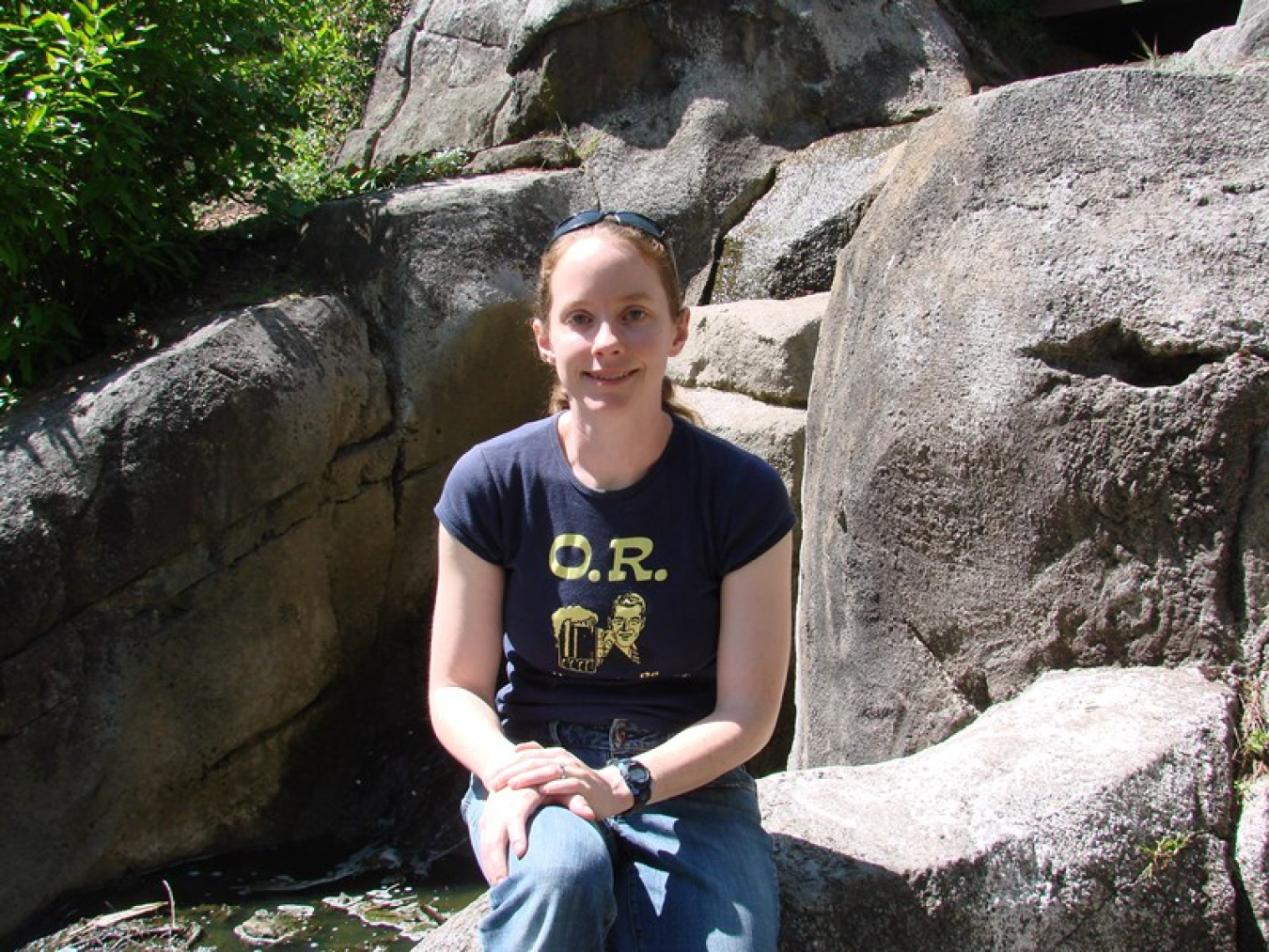Learn why Dr. Carol Meyers loves her job as a mathematician for Lawrence Livermore National Laboratory.
October 11, 2019
Carol Meyers is a mathematician and associate program leader for nuclear weapons enterprise evaluation and planning at Lawrence Livermore National Laboratory. Her expertise is in the areas of integer and linear programming optimization, decision theory, cost analysis, schedule analysis, and risk analysis. She manages a suite of efforts in nuclear enterprise modeling, including stockpile, workforce, infrastructure, and cost models. She is the original architect of the Stockpile Transformation Optimization Requirements Model (STORM) code, which is currently used to evaluate potential courses of action for stockpile planning in the Department of Energy. Previously she led an effort to port the PLEXOS power market modeling software to run on high-performance computers, in conjunction with industrial partners. She also co-leads the New Moms’ Group at LLNL. She holds a BA in math from Pomona College and a Ph.D. in Operations Research from the Massachusetts Institute of Technology.
What inspired you to work in STEM?
There are several scientists in my family (including both my parents and my grandfather) and they were a big influence on me from an early age. A pivotal moment for me was my high school calculus class, where I encountered my first female graduate-educated mathematics instructor. She was brilliant and passionate and I was awed and inspired by her. That was when I first seriously began considering a career in mathematics.
What excites you about your work at the Energy Department?
I enjoy working on problems of national importance and find it very motivating. Most of my classmates who pursued nonacademic careers took jobs in business and finance, which are great fields but they simply don’t motivate me. I love that I get to think about a diversity of big problems, such as: how do we modernize the country’s electric grid? How can we safeguard the nation’s nuclear deterrent? What kinds of countermeasures are most effective in combating terrorism? I feel very fortunate that I have had the chance to work on such big problems and contribute my own small part to addressing them.
How can our country engage more women, girls, and other underrepresented groups in STEM?
Having access to supportive groups of like-minded women can help a lot. In mathematics in particular, I have been involved with the wonderful Nebraska Conference for Undergraduate Women in Mathematics, which brings together women math majors from around the country for presentations on research, panel discussions, and the sheer wonder of being together with hundreds of other women who think math is cool. I was also fortunate to attend the Carleton College Summer Program for Women in Mathematics in college, and many of the friendships I made there still last to this day. Both of these programs showed me that there were many others like me and gave me a resource to draw from in planning for the future. Letting people know that programs like this exist (and possibly creating more of them!) could help many young women maintain an interest in STEM.
Do you have tips you'd recommend for someone looking to enter your field of work?
A lot of people will tell you that you have to network, and that is indeed important, but it doesn’t have to be at a conference or a formal networking event (in fact I am terrible at networking at those). You can network simply by being friendly and making friends. Some of my most valuable work connections have come from other parents at my sons’ daycare (which is run by my workplace), women at the new moms’ group that I co-lead, and folks from my church. Being able to establish a personal relationship can be more valuable than establishing yourself on a professional level alone.
When you have free time, what are your hobbies?
I spend a lot of time chasing around my 4-year-old and 8-year-old sons. We like visiting science museums, playgrounds, and hiking together as a family. I enjoy teaching them about mathematical concepts and take credit for the 8-year-old’s love of fractals. A while ago I attempted to make all of the Archimedean and Euclidean solids out of magformers, leading us to have a fairly epic collection of magformers; incidentally they should really sell decagons.
Learn more about our programs & resources for women and girls in STEM at http://www.energy.gov/women

